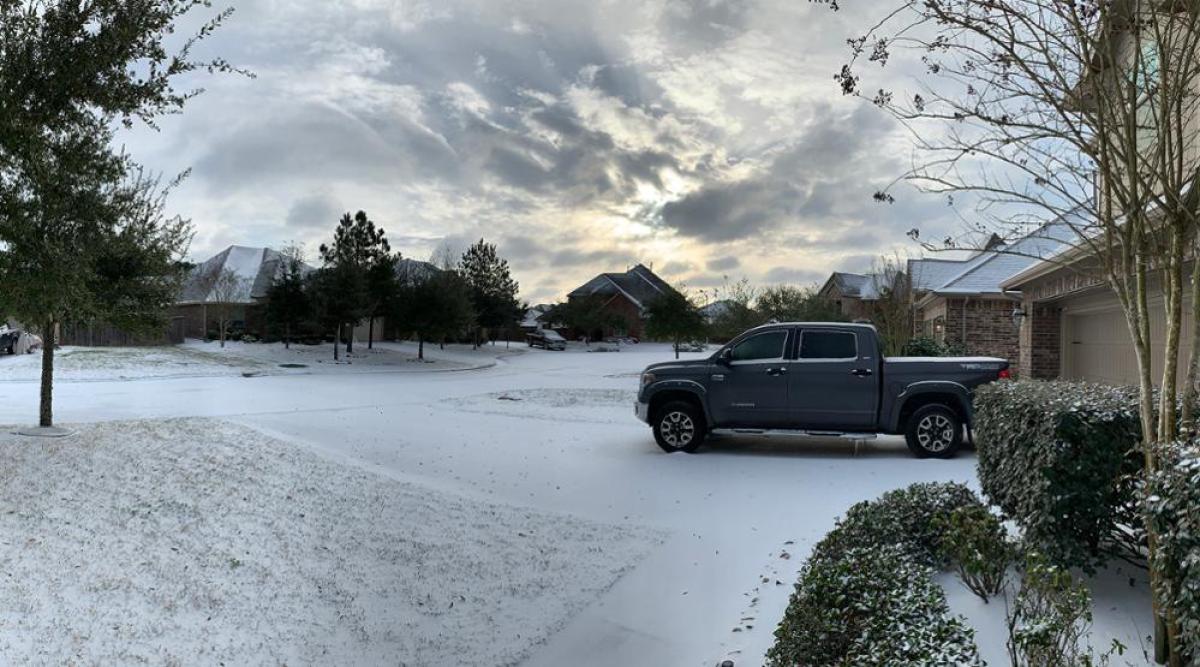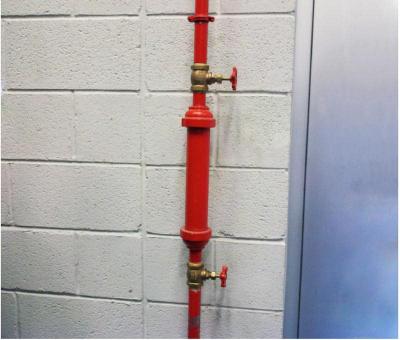
Carbon Monoxide: The Invisible Killer
Tips for freezing Weather Conditions (Click link for tips on freezing weather ideals)
Carbon monoxide is an odorless, colorless gas that often goes undetected, striking victims caught off guard or in their sleep.
More than 400 people in the U.S. die from unintentional carbon monoxide poisoning every year, according to the Centers for Disease Control and Prevention. More than 20,000 visit the emergency room, and more than 4,000 others are hospitalized.
This "invisible killer" is produced by burning fuel in cars or trucks, small engines, stoves, lanterns, grills, fireplaces, gas ranges, portable generators or furnaces. When the gas builds up in enclosed spaces, people or animals who breathe it can be poisoned. Ventilation does not guarantee safety.
How Can I Prevent Carbon Monoxide Poisoning?
Anyone can be at risk. The CDC says infants, the elderly, and people with chronic heart disease, anemia or breathing problems are more prone to illness or death, but carbon monoxide doesn't discriminate.
Winter can be a prime time for carbon monoxide poisoning as people turn on their heating systems and mistakenly warm their cars in garages. So as the weather turns colder, it is important to take extra precautions.
The National Safety Council recommends you install a battery-operated or battery backup carbon monoxide detector in the hallway near each separate sleeping area in your home. Check or replace the battery when you change the time on your clocks each spring and fall and replace the detector every five years.
The CDC offers these additional tips:
- Have your furnace, water heater and any other gas or coal-burning appliances serviced by a qualified technician every year
- Do not use portable flame less chemical heaters indoors
- Have your chimney checked and cleaned every year, and make sure your fireplace damper is open before lighting a fire and well after the fire is extinguished
- Never use a gas oven for heating your home
- Never use a generator inside your home, basement or garage or less than 20 feet from any window, door or vent; fatal levels of carbon monoxide can be produced in just minutes, even if doors and windows are open
- Never run a car in a garage that is attached to a house, even with the garage door open; always open the door to a detached garage to let in fresh air when you run a car inside
Cold Weather Preventative Maintenance for Dry Fire Sprinkler Systems
A dry fire sprinkler system’s pipes aren’t full of water, like in a wet system, which means there’s no need for antifreeze. The dry system is full of air that contains moisture and can condense in the low points of the system, which can freeze and burst the pipes.
To prepare for the colder temperatures in the winter, a fire sprinkler professional will check and drain the low points of the system where drains are located to dispose of the condensation. The fire sprinkler technician will also check the pitch or angle of the pipes to the drains to make sure that the condensation flows properly to the low point drains. If the pitch isn’t correct, the condensation can collect elsewhere in the pipes where it could be at risk of freezing in the winter.
During the warmer months, the fire sprinkler professional will perform an annual inspection which may include flushing the fire sprinkler system. After flushing the system with water to ensure the system is operating properly, the pipes are then blown out with air to dry them. Once all the pipes have been dried out, they are sealed and pressurized with air.
A professional will usually recommend that the low points are checked and drained every few days after flushing, due to the increased moisture in the newly pressurized lines.

